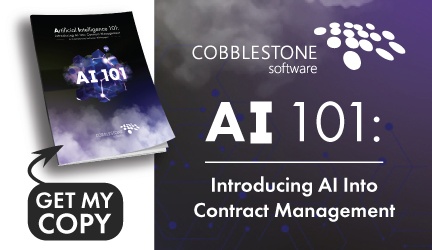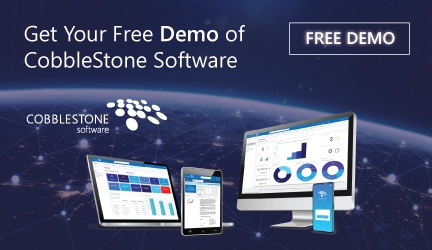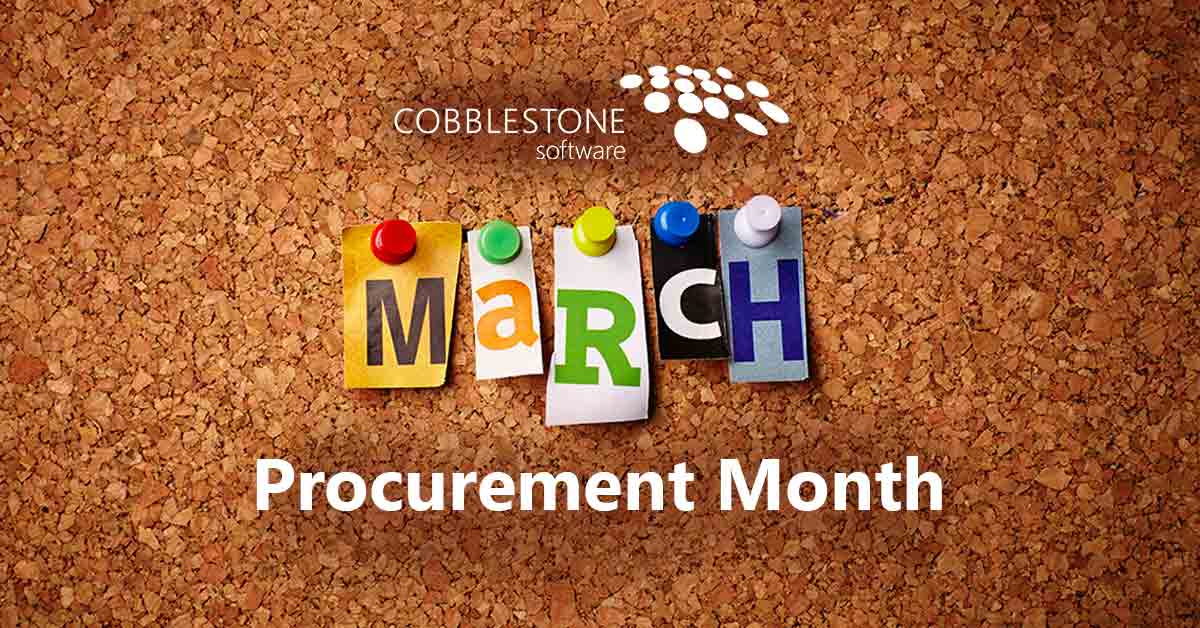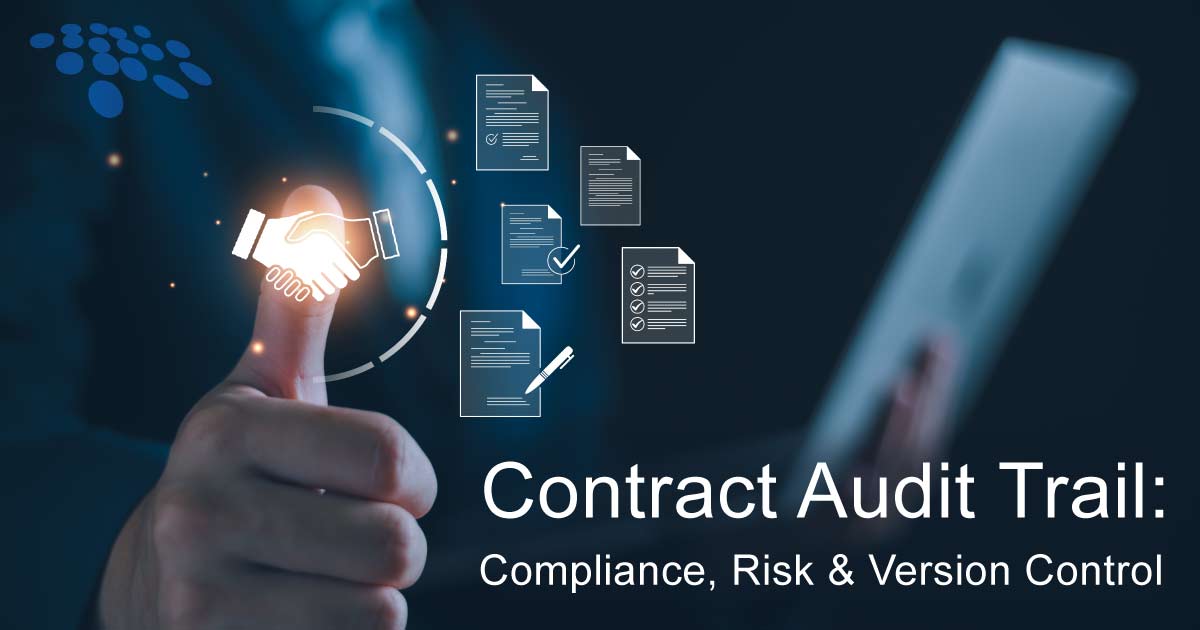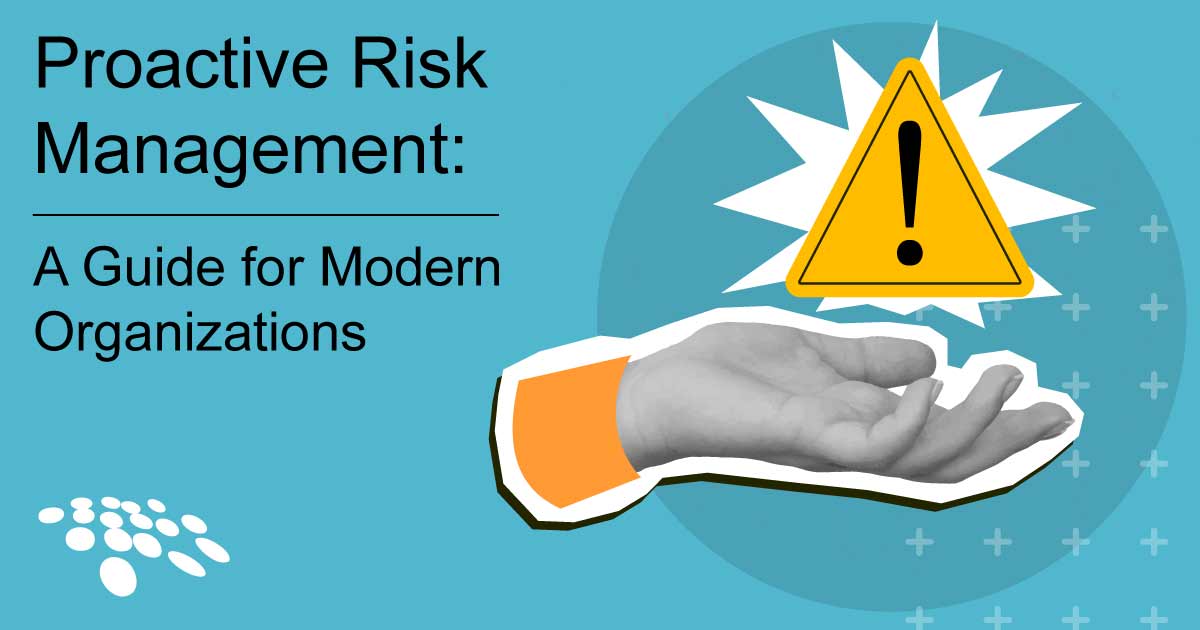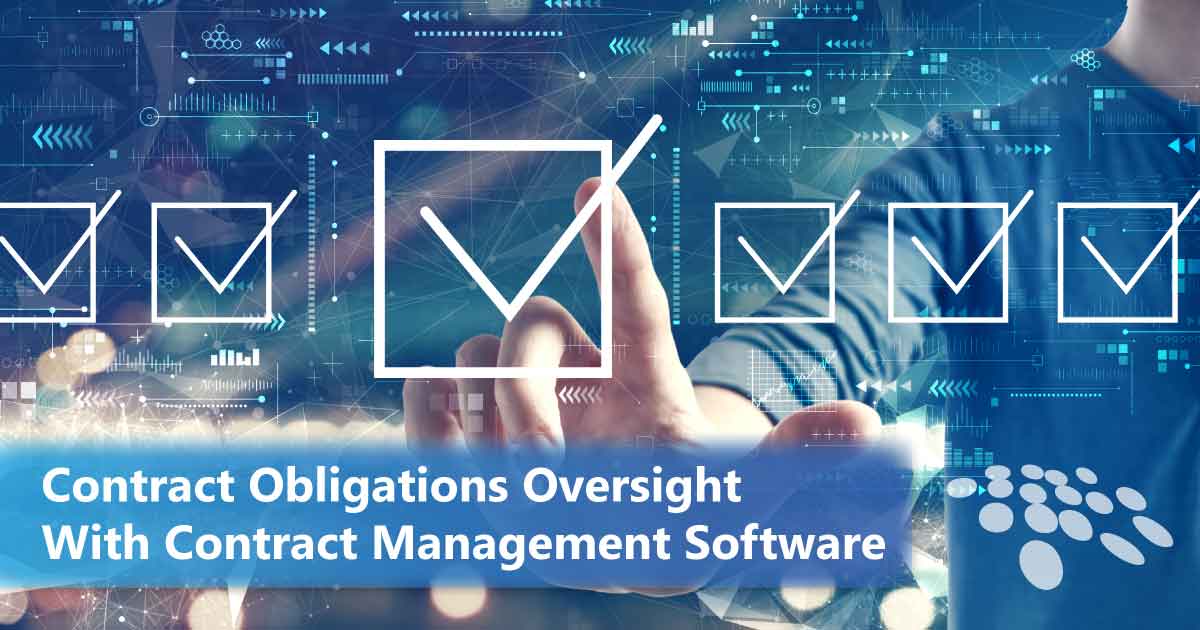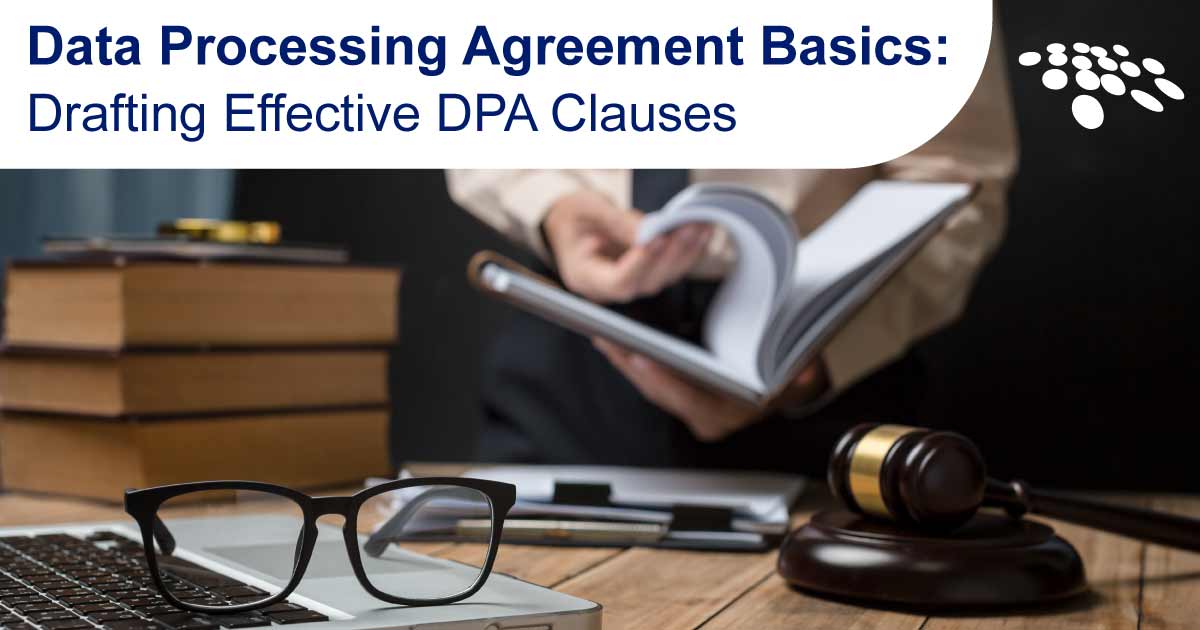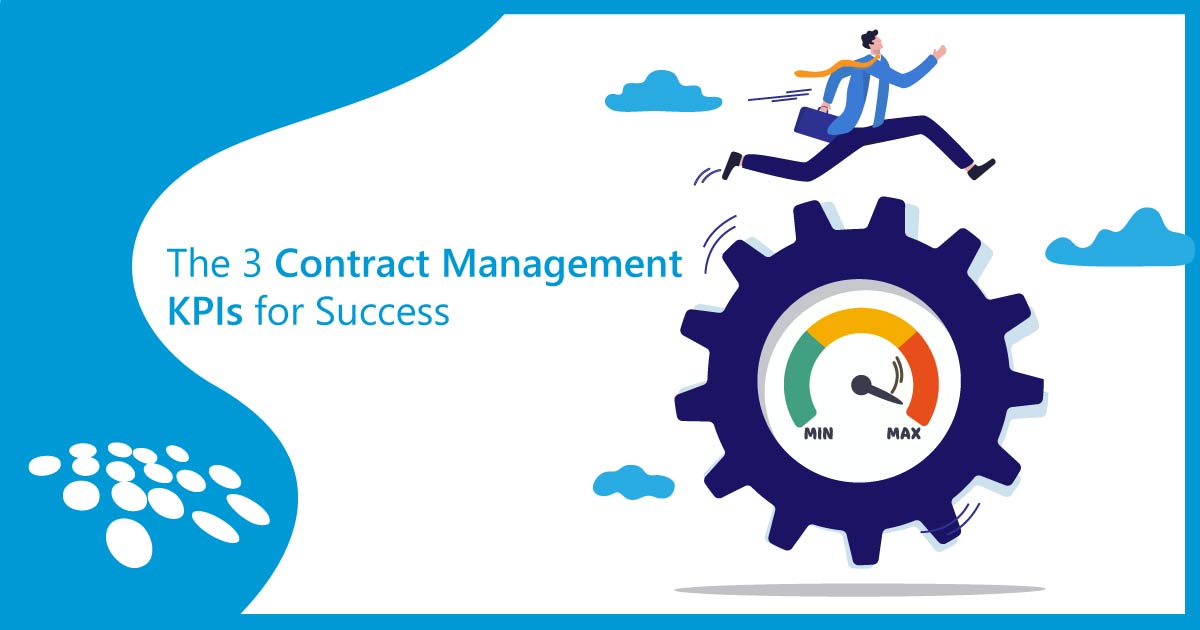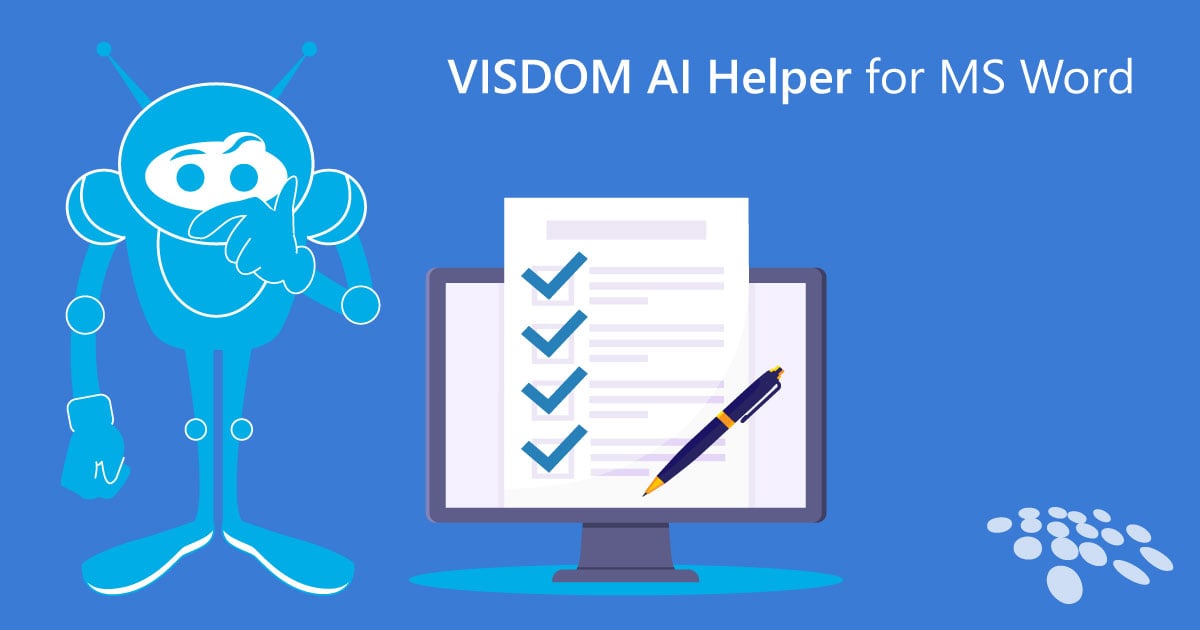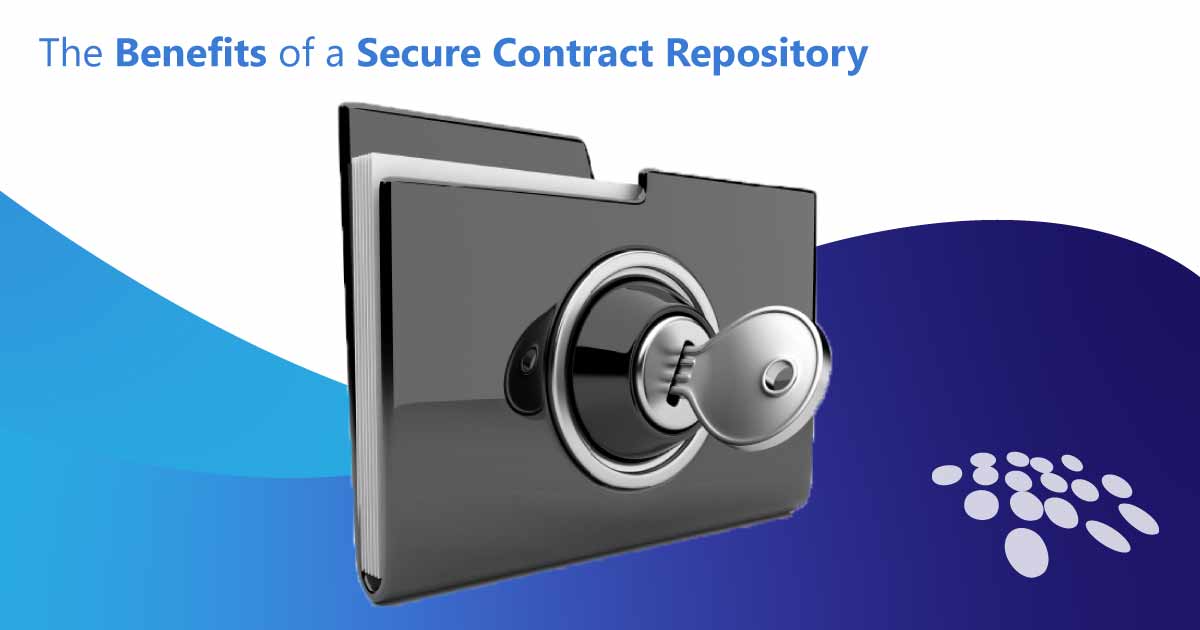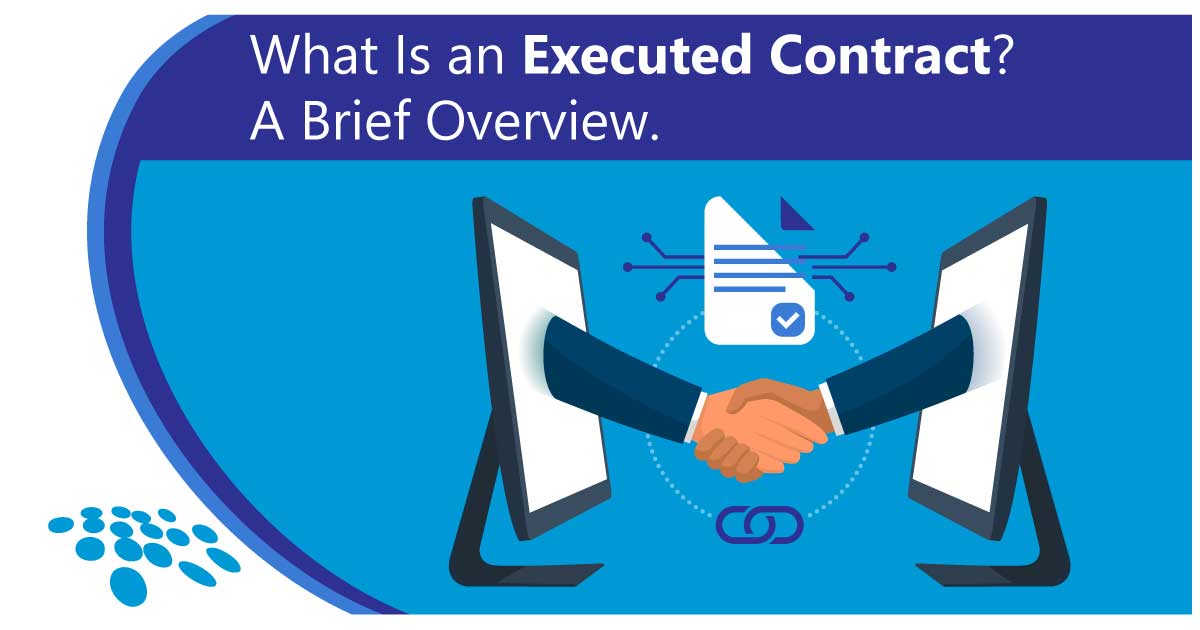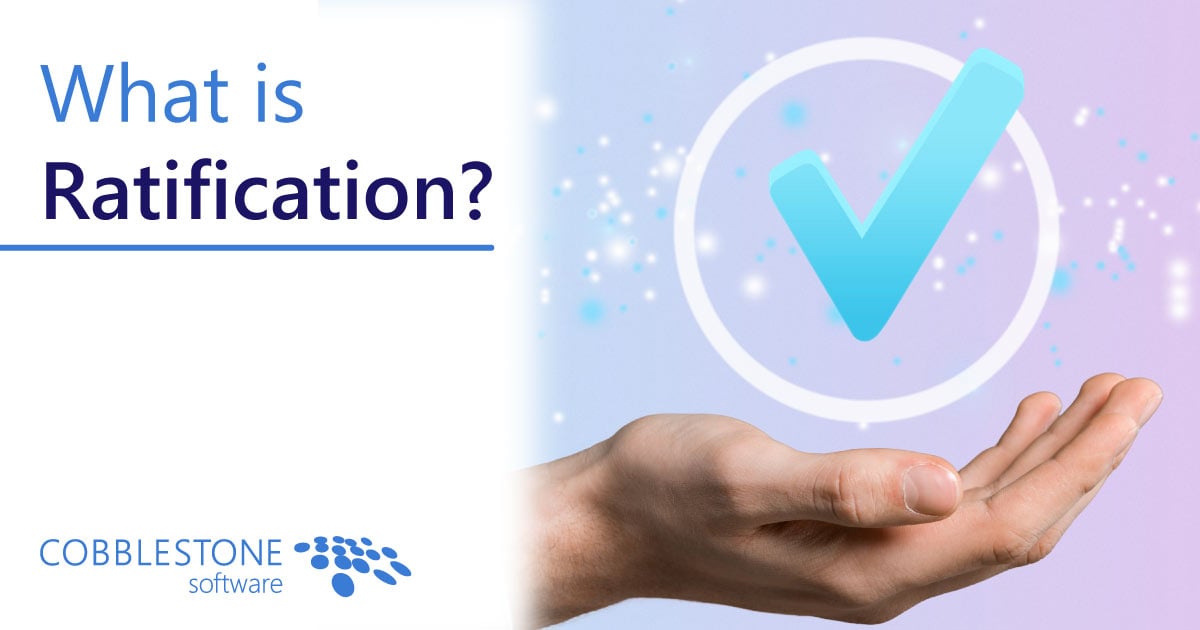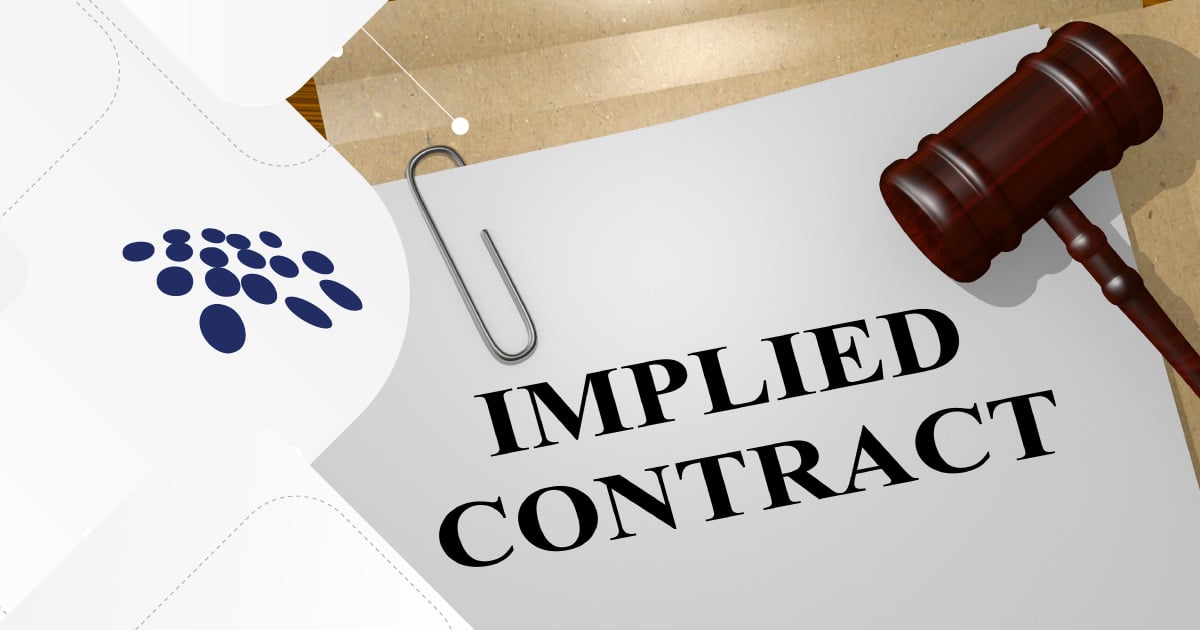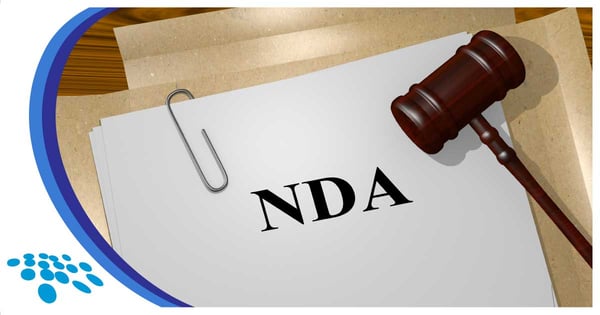
You’ve probably heard the term “NDA” thrown around in the context of contract and business processes. But what is an NDA? When should they be used? How can NDAs be managed?
Let’s uncover what you need to know about the non-disclosure agreement (NDA).
What Is an NDA?
Non-disclosure agreements (NDAs) are legally binding agreements that create a confidential relationship between parties to the agreement in question. NDAs are sometimes referred to as confidentiality agreements (CAs) or confidentiality disclosure agreements (CDAs). Once counterparties sign an NDA, they cannot disclose information – including client information – with unauthorized personnel.
When Are NDAs Used?
Many business relationships involve NDAs somewhere in the process. You likely signed one at your own job. Why? Well, many employees have access to business information, such as:
- detailed intellectual property information.
- trade secrets.
- protected client information.
- proprietary strategies and future business plans.
Businesses do not want to deal with the unpredictable chance of employees sharing information with competitors or unauthorized parties. Additionally, they want to avoid the chance that employees will resign and use proprietary information for their own gains.
As such, employees who share confidential information protected under an NDA can face dire consequences.
During joint ventures with vendors, partners, and suppliers, it is common for organizations to protect themselves with NDAs. Typically, the parties are a buying party and a receiving party.
Organizations looking to merge with or be acquired by other businesses leverage NDAs. Information covered during these negotiations is legally protected under NDAs.
What Makes NDAs Enforceable
Generally, NDAs are considered legally enforceable under due law as long as contract lifecycle management is performed properly. In other words, contract drafting and contract execution must be ironclad.
Additionally, non-disclosure agreements are legally binding when they adhere to the elements of a contract. These elements include ensuring proper:
- Contract Offer
- Contract Acceptance
- Acknowledgement of Obligations & Mutuality
- Contractual Consideration
- Acknowledgement of Legal Capacity of Parties Involved
- Ensured Legality of a Contract
There must be a bargain for exchange, or “quid pro quo” (something in return) - unless a unilateral NDA is in place to require only one party's information to remain confidential. Each party agrees to keep confidential information…confidential – lest they fall into a breach of contract.
What Makes Non-Disclosure Agreements Unenforceable
There are several situations in which a non-disclosure agreement proves not to be legally enforceable.
One such situation can result from improper contract drafting. If contract language is too broad or fuzzy – or conversely results in unrealistic expectations – it might not hold up in court. Additionally, courts might not enforce a confidentiality agreement if there is no reasonable time period of confidentiality established.
As covered above with the “legality” element, any NDA that involves an illegal enterprise or activity is not enforceable.
Perhaps obviously, courts cannot enforce confidentiality disclosure agreements that attempt to protect information that is already public knowledge.
What If a Non-Disclosure Agreement is Violated?
A violated NDA is bad news. At-fault parties will almost always surely face a lawsuit. Additionally, financial damages and associated legal costs will likely need to be paid. NDA violators might be in hot water when it comes to copyright infringement or violations of intellectual property law.
Those who willingly violate an NDA might even face imprisonment.
It is worth noting that state law may vary when it comes to the enforcement of NDAs. This variation by state also applies to the consequences of violating a non-disclosure agreement. As such, readers are encouraged to stay abreast of the laws and regulations of their states.
Readers: Please Ensure Proper Language for NDAs
These confidentiality disclosure agreements are very important. They protect the confidential information, intellectual property, and aspirations of an organization. Contract language for different types of NDAs must be clear and concise.
Sturdy NDAs make it so that ideas and information are not stolen by competitors and other bad actors.
NDAs help keep the business world – and the world at large – legally safe. Businesses can remain safe from having their ideas stolen…their employees and plans exposed…their financials in jeopardy.
How Can Contract Management Software Help With NDAs?
Given the importance of NDAs detailed throughout this article, organizations should have the best tools to manage them. Thankfully, contract management software can help.
Contract intelligence is a leading contract management tool for NDAs.
With automated data entry, organizations can reduce the time it takes to enter NDAs into a secure and searchable contract repository. Key types of information for non-disclosure agreements can be quickly identified, such as:
- dates and time periods for confidentiality.
- financials.
- sensitive information.
- counterparty information.
As detailed above, there is a lot of risk associated with NDAs. AI-based contract management software can help pinpoint this risk and other potential risks. By analyzing NDA text, the system can identify positive, negative, or neutral language per a rules-based sentiment. Businesses can quickly find pivotal key terms, conditions, legal phrases, and more.
With auto-redline functionality, organizations can be confident in the inclusion of critical NDA confidentiality clauses and language. With clause recognition, preferred clauses within organizations’ approved libraries can replace important document clauses as redlines. Automated redlines and comments can be quickly managed with comprehensive audit trails.
Organizations can also use NDA templates within contract management software. An NDA – including for counterparties and individual employees – can be created through the merging of templates and clauses. Key NDA contract metadata can be populated onto a standardized template. These tools can help ensure that the agreements are favorable and legally binding.
Get Started Better Managing Non-Disclosure Agreements & More
Now you know the basics of confidentiality agreements, their application, and their importance. You also know some ways to improve the management of these agreements. The tools mentioned above are just a scratch at the surface of better NDA management.
Your organization should be armed with the leading solution for managing NDAs and other agreements. That solution is CobbleStone Contract Insight®.
CobbleStone's acclaimed contract management software suite can help create and manage accurate and compliant contracts in record time. CobbleStone Contract Insight is highly configurable for your business needs. It is built to support your team with low friction and robust CLM features.
Are you ready to master NDA management? CobbleStone Software can support your digital transformation initiatives. Book your free demo today to learn more about CobbleStone®.
This article was originally published on January 25, 2023, and last updated on February 20, 2024.
Legal Disclaimer: This article is not legal advice. The content of this article is for general information and educational purposes only. The information on this website may not present the most up-to-date legal information. Readers should contact their attorneys for legal advice regarding any particular legal matter.





